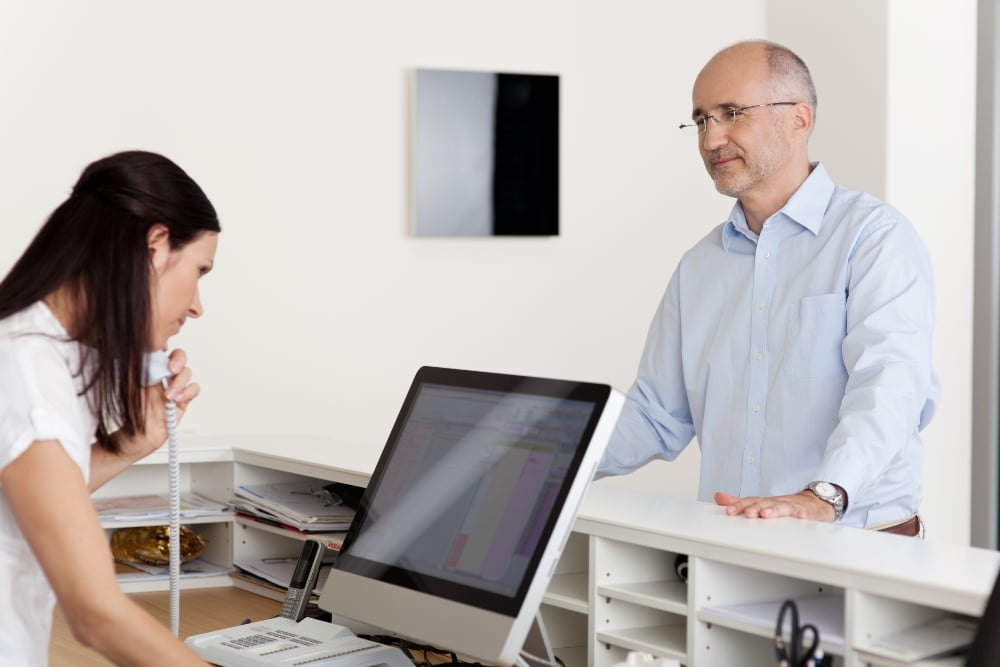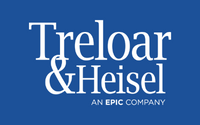Posted by Amy Carbone on Jul 3, 2019 9:30:00 AM
From appointment scheduling to dental imaging, there is very little in a standard dental practice that is untouched by modern technology. If you're running a growing dental practice, keeping up with the latest technological advances may help you to get and maintain a competitive edge. Here's some of what you need to know.
Smart Scheduling
Scheduling takes precious time that could potentially be spent on other tasks. Too much time and resources spent on scheduling could mean delaying other administrative responsibilities such as billing, filing and record keeping.

In the past, dental practices would simply hire another person to handle extra administrative tasks, leaving a dedicated staff member to handle scheduling. Today, there’s an easier option. Smart scheduling technology and chatbots are being used in dental practices around the world, to interact with patients and schedule appointments.
Typically, this software operates online. Modern patients often appreciate the convenience of being able to interact with their dentist through an online application on their mobile device, and with recent advances in conversational AI technology, they may not even know they're talking to a chat bot instead of a live person.
Smart Patient Communication
Major dental procedures should include a thorough consultation between the dentist and the patient, including a discussion about recovery. Still, new questions and concerns may arise post-procedure, when the patient is home recovering. Smart patient communication software may streamline postoperative patient queries, helping them get the urgent answers they need faster while helping you to provide comprehensive postoperative care without bogging down your schedule.
Many of these applications are advanced enough to answer common inquiries, route prescription refills and even alert you when the patient’s condition requires urgent attention. This reduces the demand on office personnel and frees them up to handle urgent questions efficiently.

Smart Caries Detection
Caries detection from bitewing radiographs may be challenging for dentists scanning images for this issue all day long. Even something as simple as fatigue can cause a dental professional to miss a suspicious lesion, potentially leading to a missed diagnosis, complications and even a malpractice suit.
Smart caries detection software provides a second opinion to back up a dentist's assessment. Using this software, dentists may discover suspect lesions they may otherwise have missed, potentially creating a higher degree of accuracy, better patient health, and improved outcomes.
CAD/CAM Dentistry
Computer-aided design and computer-aided manufacturing (CAD/CAM) is now used to produce veneers, onlays, bridges, implants and crowns, dentures and more that are often more effective and better fitting than their traditional counterparts.
CAD/CAM dentistry uses virtual impressions to create a 3D image of the patient's teeth. That image is then used by the CAD/CAM program to design the prosthesis which can be milled with in-house equipment or sent to a lab.
This technology allows practices to offer same-day, natural-looking restorations that may drastically improve the patient experience and your competitive edge.
Self-Customizing Educational Software
Effective training is an important tool to ensure quality patient care in your practice. Continuing education software that is self-customizing allows dental assistants and dentists to choose from online trainings that focus on their greatest areas of need.

This training can be taken in the office, enabling professionals to go back and forth between training and patient care, even utilizing downtime for continued dental education.
Electronic Health Records
Electronic health records have come a long way since the early days of computerized patient records. Digital records allow dental professionals to access a patient's entire history via networked computers. They tend to be simpler to manage, less wasteful and far more efficient than traditional health records.
In a digital system, information is easy to capture, organize and access. Electronic health records may also make it easier for the dentist and dental assistant to prescribe medications, manage billing, share information with other providers and communicate with pharmacies.
This type of system can improve the patient's overall experience with the dental practice while improving efficiency for the dentist and other staff members. In some cases, the electronic health record system can even communicate with online portals, allowing patients to access their own health information online. This adds a level of convenience that patients are quickly coming to expect from their healthcare professionals.
Make the Leap to a Modern Practice
If your office hasn’t begun to employ the types of modern technology that patients are beginning to expect, now is the time. Start by implementing one new system at a time, focusing on areas of growth specific to your business and marketing each change to both your current and prospective patients.
About Treloar & Heisel
Treloar & Heisel is a premier financial services provider to dental and medical professionals across the country. We assist thousands of clients from residency to practice and through retirement with a comprehensive suite of financial services, custom-tailored advice, and a strong national network focused on delivering the highest level of service.
Treloar & Heisel and Treloar & Heisel Risk Management are divisions of Treloar & Heisel, LLC.
Insurance products offered through Treloar & Heisel and Treloar & Heisel Risk Management.
Treloar & Heisel, LLC. and its divisions do not offer legal or business consulting advice. Please consult a professional concerning these topics.


